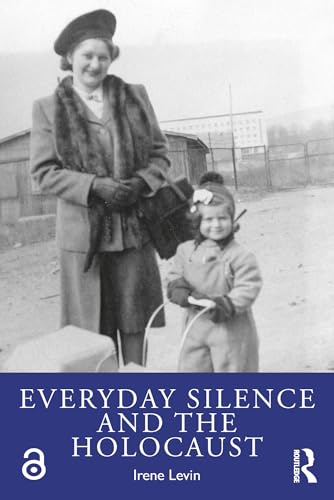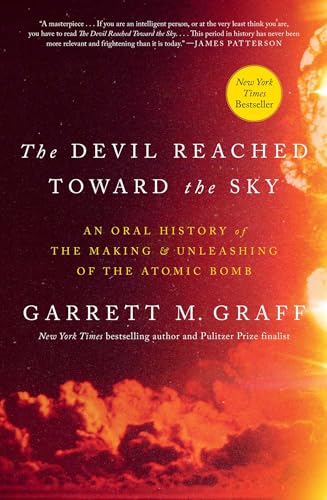
Afterimage
by Joshua Hirsch
"Film, Trauma And The Holocaust"
Popularity
1.12 / 5
* A book's popularity is determined by how it compares to all other books on this website.
Where to buy?
Buy from Amazon* If you buy this book through the link above, we may receive a small commission at no extra cost to you.
Afterimage by Joshua Hirsch
Details
War:
World War II
Perspective:
Researcher
True Story:
Yes
Biography:
No
Region:
Europe
Page Count:
232
Published Date:
2004
ISBN13:
9781592132089
Description
Main Themes and Topics
Afterimage by Joshua Hirsch offers an in-depth exploration of what he terms "posttraumatic film," focusing on how cinema has responded to the Holocaust and broader historical traumas. Hirsch examines the inception of this genre with Alain Resnais' 1955 documentary, Night and Fog, which blended modernist narrative techniques with documentary footage to evoke a new historical consciousness. The book delves into how subsequent films have built upon this foundation, reflecting shifts in documentary styles, narrative techniques, and portrayals of memory and trauma.
Hirsch’s analysis spans various genres and national cinemas, identifying crucial works that exemplify the spread of posttraumatic cinema. He discusses major transformations in the documentary tradition, such as those brought about by cinema verité, and traces their culmination in landmark works like Shoah. The book also explores the evolution of fictional posttraumatic cinema, with insightful commentary on the flashbacks in Resnais' Hiroshima, mon amour and the depiction of suffering and memory in Pawnbroker.
Additionally, Hirsch ventures into the realm of autobiographical cinema, illuminating the early films of Hungarian director Istvan Szabo. The book concludes with an examination of postmodern influences on posttraumatic cinema, analyzing works like Schindler's List and History and Memory, which address the Japanese American internment during World War II.
Writing Style and Tone
Joshua Hirsch employs an academic yet accessible style in Afterimage, striking a balance between theoretical discourse and practical film analysis. His prose is analytical, dense with references to film theory and history, making it a suitable read for scholars and students of cinema studies. Despite its scholarly tone, the text provides a clear narrative, guiding the reader through complex ideas with the use of well-chosen examples from a range of films.
Brief Summary (no spoilers)
In Afterimage, Joshua Hirsch presents a comprehensive examination of posttraumatic cinema—a genre he identifies as emerging in response to the Holocaust. Beginning with Night and Fog, Hirsch explores how filmmakers have utilized new narrative strategies to engage with themes of memory, trauma, and history. The book traces the evolution of documentary and fictional films that address traumatic histories, offering critical insights into their narrative techniques and cultural impacts.
The book also assesses the impact of postmodernism on these cinematic representations, ultimately proposing a new framework for understanding the intersection of film, history, and trauma. By examining influential films spanning several decades and various national cinemas, Hirsch provides a sweeping overview of how cinema has continually reshaped its approach to depicting trauma and memory.









